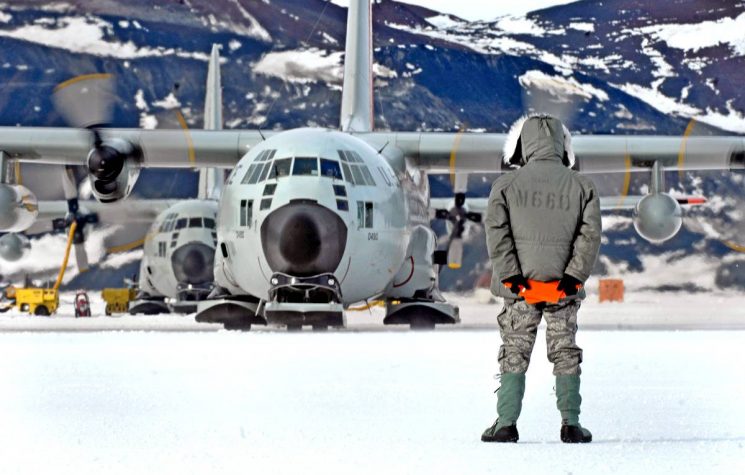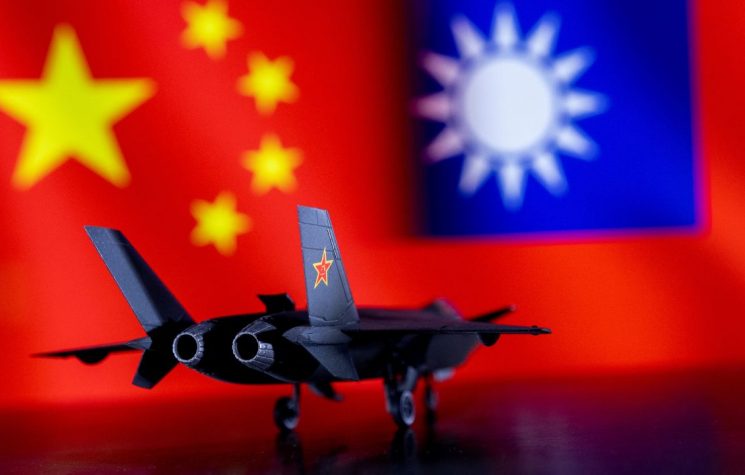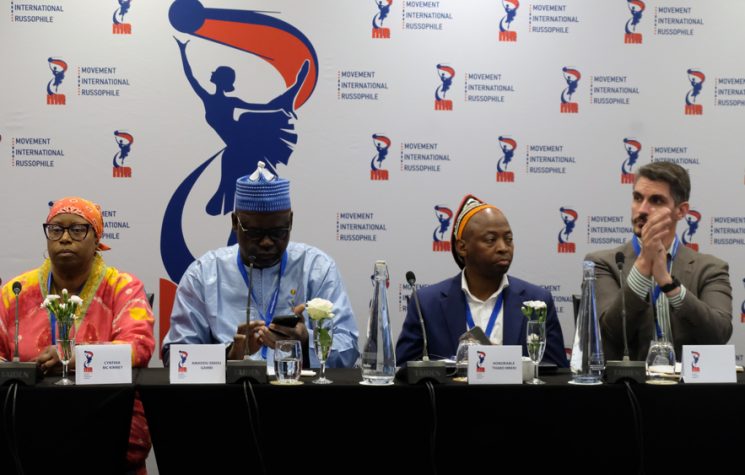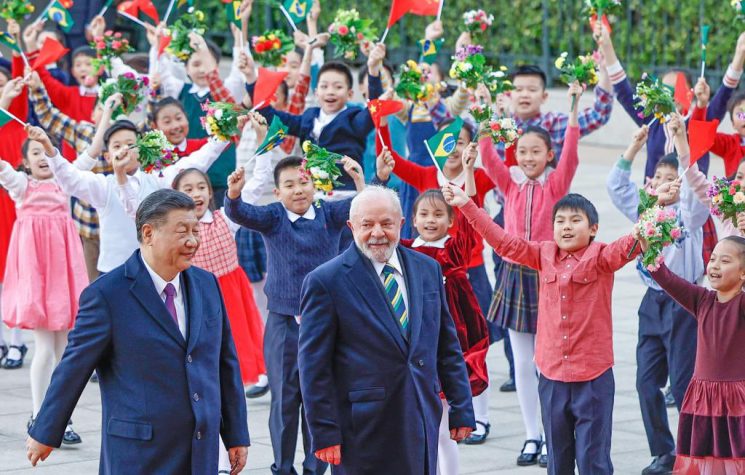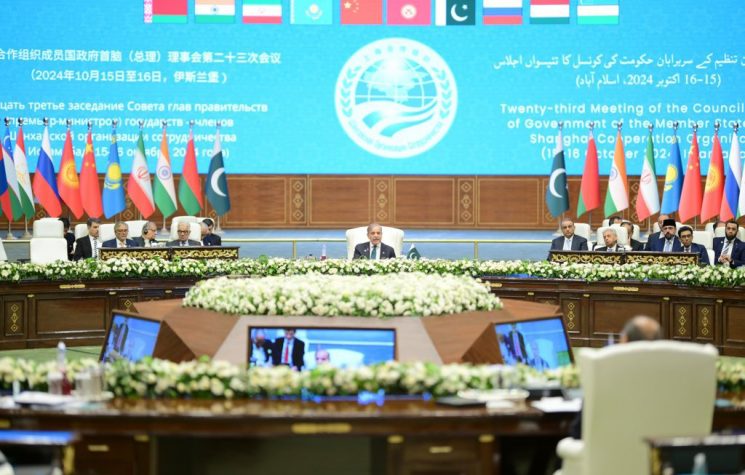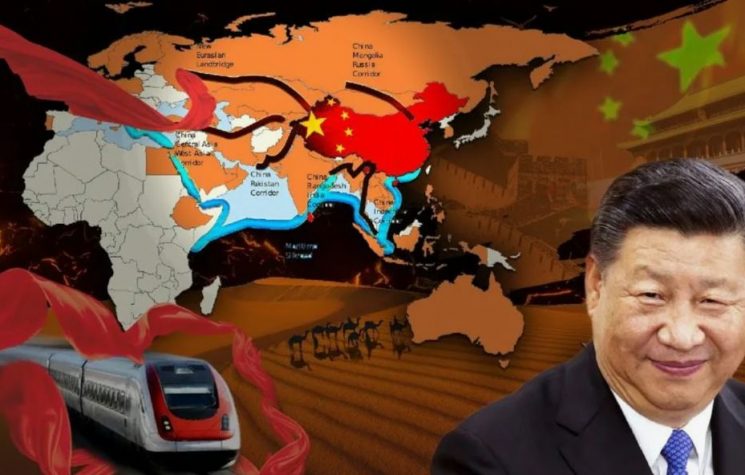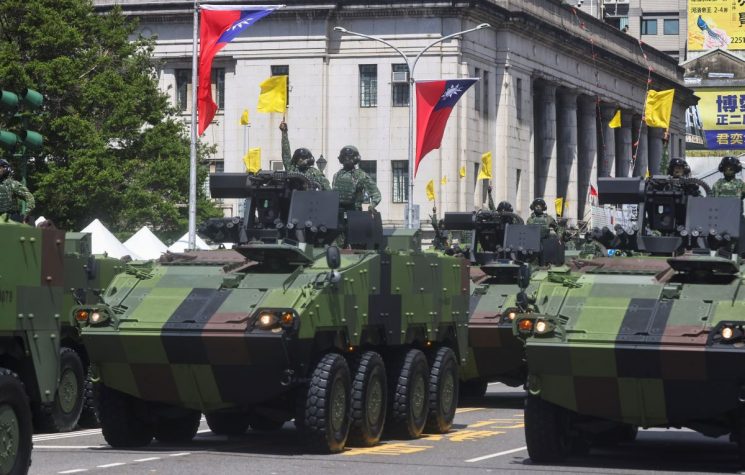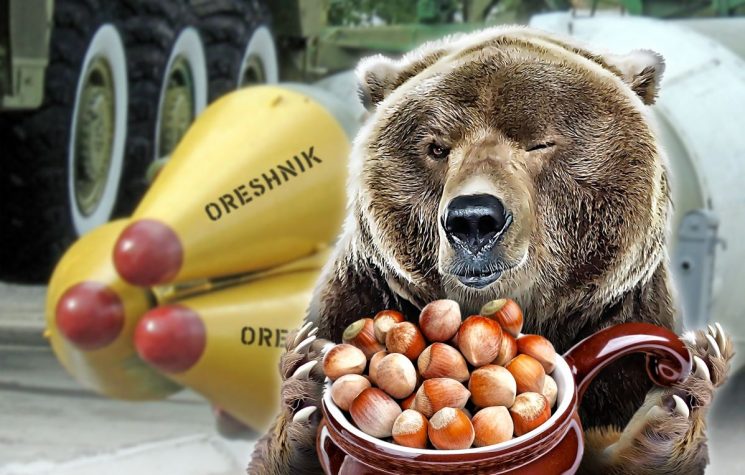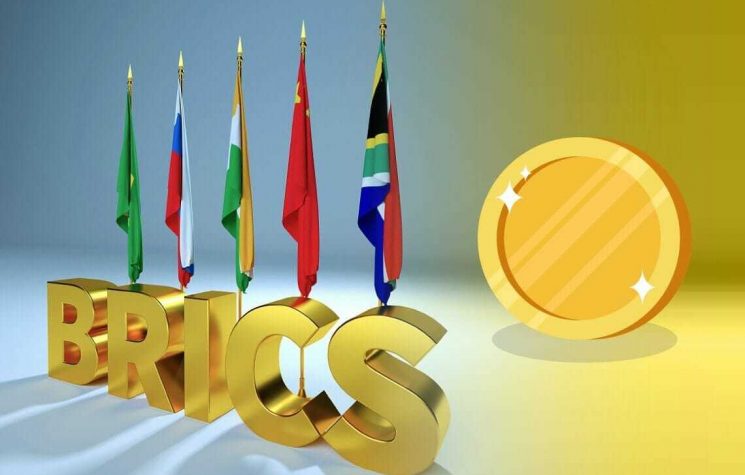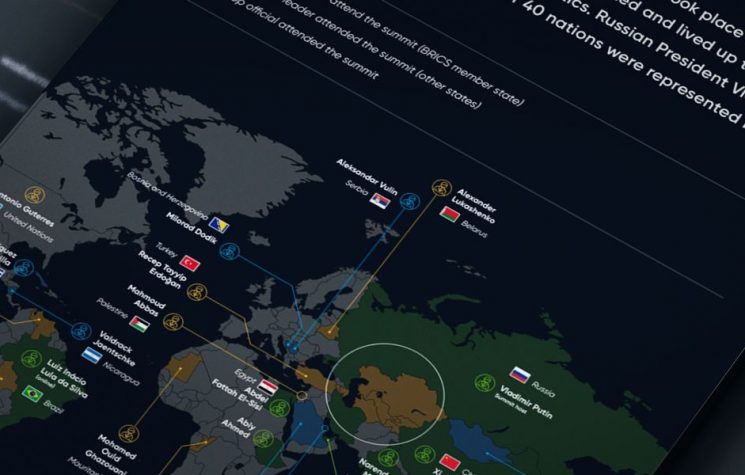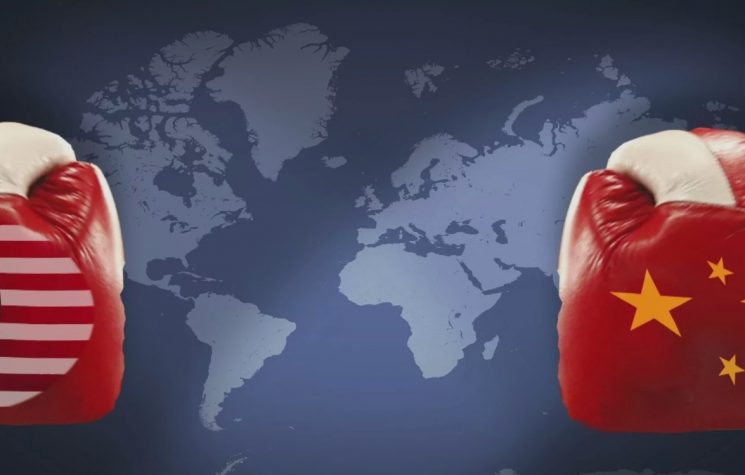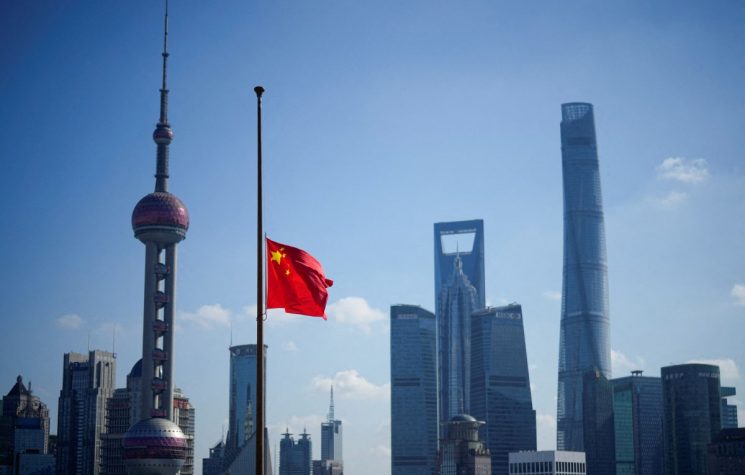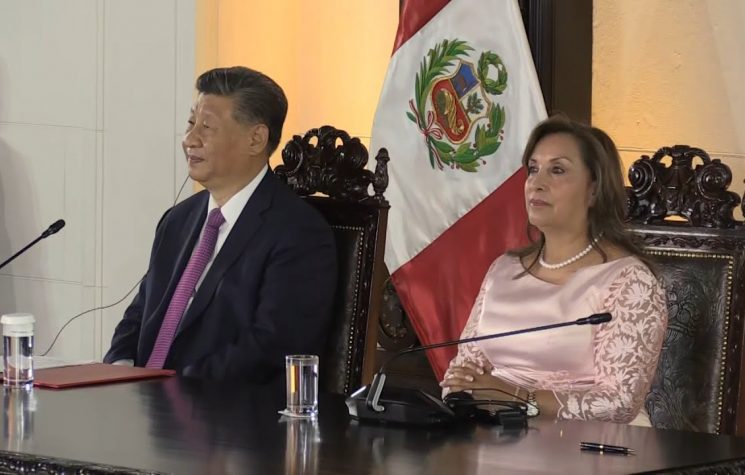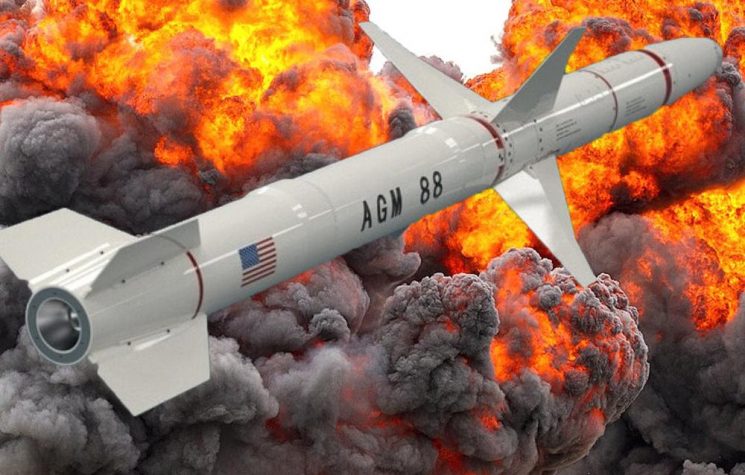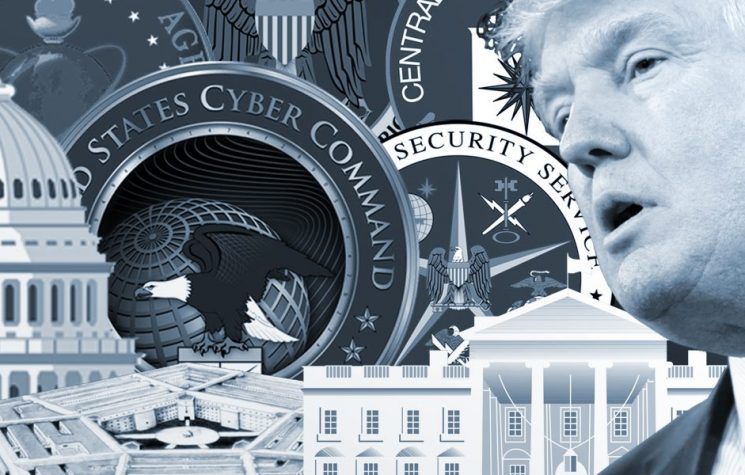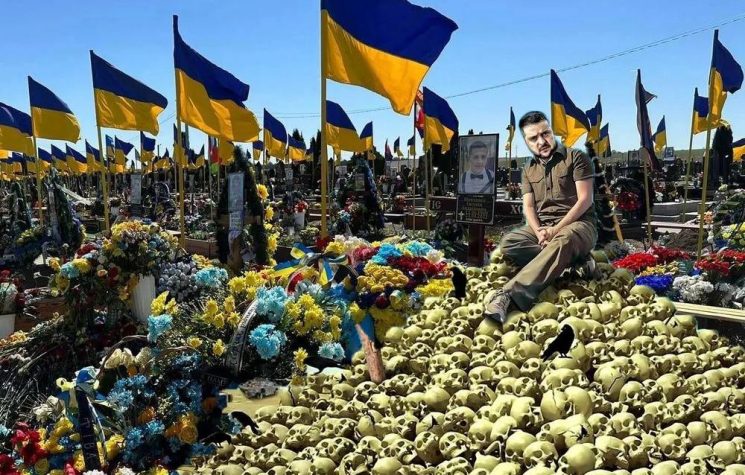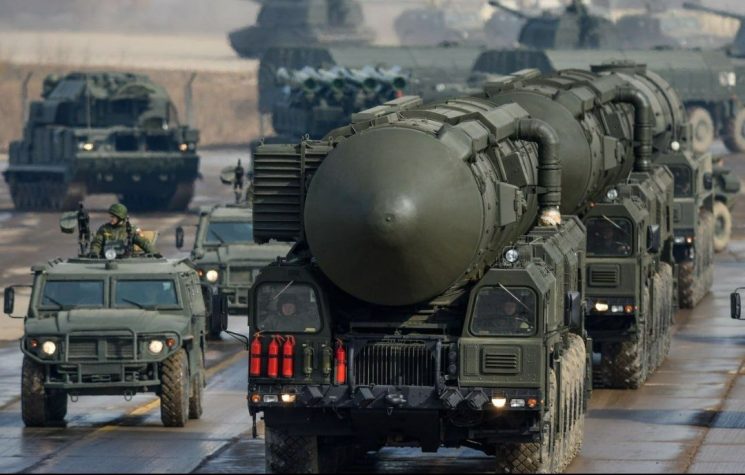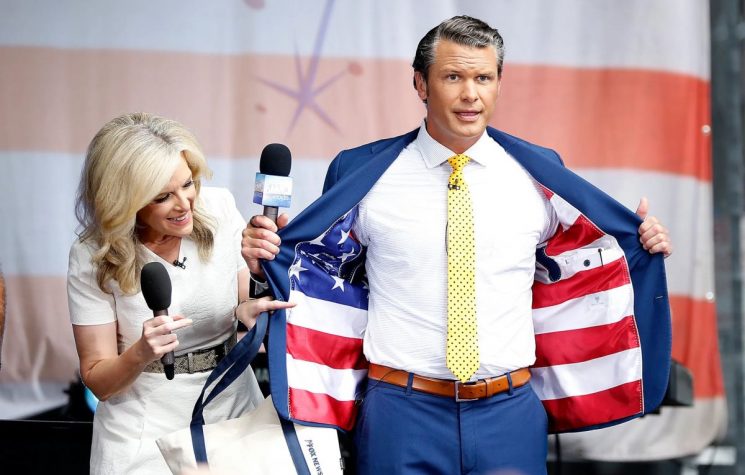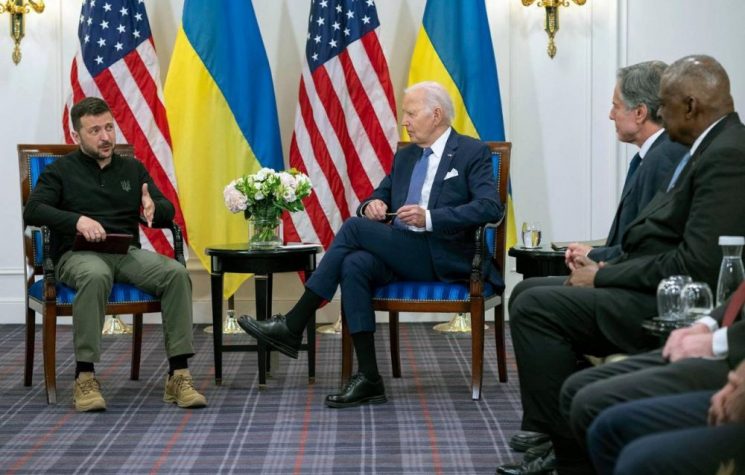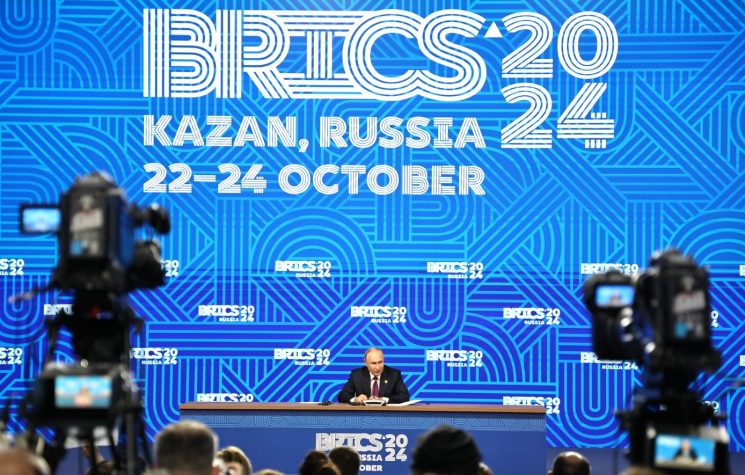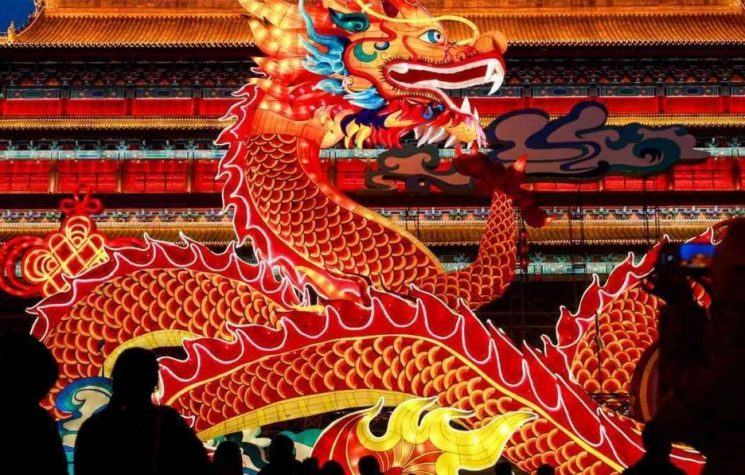The Asian world needs Russian diplomacy more than it has ever previously been needed.
❗️Join us on Telegram![]() , Twitter
, Twitter![]() , and VK
, and VK![]() .
.
Contact us: info@strategic-culture.su
It is, perhaps, appropriate that the rogue regime in Kiev is calling for the complete isolation of Russia’s entire diplomatic corps at a time when the Asian world needs Russian diplomacy more than it has ever previously been needed. Because Ukraine is no more in a position to make demands regarding Russia from the EU or NATO than a monkey is from its organ grinder, Ukraine should just prepare itself for the bleaker future coming its way when its EU and NATO welfare cheques run out and we, in our turn, should try to ignore whatever future inanities that emanate from those ignoramuses.
Or from the Finns, whose role is to niggle Russia in its northern Kola peninsula and try to disrupt whatever northern sea lanes Russia and China (a near Arctic power, it seems) open atop the world.
India, Iran and Russia have plans for a North South Transport (INSTC) Corridor, which might very well be a new Silk Road in its own right and which is certainly less threatening than this White House plan to militarise the Arctic, where China, with its DF-5s and DF-26 nuclear missiles, declares itself be a near Arctic power.
The Russian Federation, meanwhile, is discussing with Saudi Arabia Riyadh’s accession to this INSTC project which, though it offers benefits for India, Iran, Azerbaijan, Central Asia and Europe, is replete with the same sorts of risks of global war as had the Berlin to Baghdad Railway the German Kaiser proposed more than a century ago to circumvent the Anglosphere’s domination of the seas and the Suez Canal.
The two main lessons East Asia can glean from the Suez/Red Sea stand off is that Israel, which has recently bombed civilians in Beirut, Damascus and Tehran in addition to its countless other war crimes, has torn up the rules of war by making everyone and everything legitimate targets. When we further factor the asymmetries Houthi missiles and Iranian war ships cause in the Red Sea, there are very major implications both for NATO’s plans to contain China and for China’s plans to propel its own neomercantilist agenda forward.
As the navies of China and NATO both see it, there are a series a pivot points, layered strings of pearls, as the Yanks call them, stretching from Vladivostok in the north, down through Japan’s home islands, past South Korea, onwards to Okinawa, Yonaguni and Taiwan, Itbayat, Basco, Batanes, Luzon and the Philippines, westwards through Palawan, the Spratly and Paracel Islands, Vietnam, Singapore and the Strait of Malacca, the Andaman and Nicobar Islands, India, Myanmar’s Coco Islands and Kyaukphyu port, Pakistan’s deep water Gwadar port and back to the Gulfs of Aden, Persia and Oman. One big tinderbox, from Siberia to Syria, being welded in by China’s Belt and Road Initiative to other tinder boxes, a pyromaniac’s paradise.
The importance of all those choke points and potential flashpoints is that both NATO and China are militarising them to degrees the world has never previously witnessed. NATO’s plan, much like Harry Truman’s earlier NCS 68 plan to contain the Soviet Union, is to corral China’s lines of advance into a relatively narrow waterway across the Taiwan Strait to Taiwan’s west and to then bombard China’s sea and land positions from forward bases on the front islets of Japan and the Philippines to Taiwan’s east.
China, meanwhile is colonising the South China Sea by turning Fiery Cross Reef, Gaven Reefs, Mischief Reef, Subi Reef and other once insignificant pinpricks like them into fully fledged military bases, complete with runways, fighter planes and missile batteries. When China’s DF-21D carrier killer missiles are added into the mix, China presents a real and present danger countries like India must factor into their own calculations, all the more so as China attempts to build land and sea bridges through Pakistan to Gwador thereby further threatening India to its north, and giving NATO and its fleet of Australian nuclear subs opportunities aplenty to stir the Asian pot further.
Although NATO’s Freedom of Navigation Operations (FONOPS) are designed to keep all these sea lines of communication (SLOCS) not only open but outside the grasp of China’s strategic strong points, there are plenty of chances for miscalculations, particularly in the South China Sea where China has been particularly aggressive, as evidenced by its repeated attacks on the Filipino marines on BRP Sierra Madre, which sits atop the 2nd Thomas Shoal.
Although China and its adversaries have a number of symmetric and asymmetric options available to them that range from Nordstream style no claim no blame attacks on hostile shipping to blowing up, in pre-emptive strikes, the Three Gorges Dam and thereby drowning the 1 billion or so Chinese unfortunates who live in the Lower Yanzgtse Valley, outside the lunatic asylums of Washington, most of those are not realistic choices.
That said, China’s reaction to the results of Taiwan’s pending 13 January elections might bring unwanted fireworks to bear on what already is a tense tinderbox. Should William Lai Ching-te, the incumbent vice president and the candidate of the ruling Democratic Progressive Party (DPP), prevail over Hou Yu-ih from the opposition Kuomintang (KMT) Party, China will most likely spit the dummy again and launch massive military drills around the island or even grab Penghu Island as a sign it is serious about subjugating Taiwan.
Though China certainly carries a big stick, it doesn’t yet seem to grasp the notion that one should speak softly and only wave or use the stick as a last recourse. That is where the diplomats of Russia, which currently chairs the loose and untested BRIICS alliance, comes in.
As a long standing ally of Vietnam, China and India, and as one which understands the nuanced goals of all three of those countries, Russia can bring a lot to the table. Not only did Russia help broker peace in the 1965 2nd Kashmir war between Pakistan and India but Russia fully understands that India and Vietnam both want strategic autonomy, and that neither will ever submit to being a vassal of a revanchist China.
Taiwan currently leads the world in the crucial field of semiconductors and that is unlikely to change any time soon. And nor is Taiwan’s status as, for Taiwan to revert to the 1683-1895 era when it paid tribute to the Qing Dynasty, would mean empowering China to annex the entire region as Imperial Japan did in late 1941 from its Taiwanese/Formosan base. Because Japan, India, Vietnam and even the Philippines cannot accept that, China is thereby opening up the door for NATO’s carrier groups and sundry other legacy defence systems and that is far from being an optimal state of affairs if peace and trade, rather than war and all it entails are the goals.
There are two or even three ways out of this morass, only one of which is really acceptable. The first of these is to duke it out across the Taiwan Strait and every other strait or reef that is deemed important along the String of Pearls from Siberia to Somalia. The second way is for China to goose step ahead with its neomercantalism until the global economy revolves around it and it alone. The third and best way is for the BRIICS and allied countries to take the opportunity Russia’s chairmanship of that group offers and chart some way through all the straits and reefs they might sink or run aground on.
Contrary to what our Nazi-saluting, cat-strangling, welfare cheque-cashing friends in Kiev might think, there is no other power beside Russia in a position to get all sides in Asia to come together to cool things down. And, because there is still a pivotal role not only for diplomacy but for those like Russian Foreign Minister Lavrov and his standing army of fellow Russian diplomats who retain those vital skills the West so stupidly jettisoned, there still mind be time to avoid this looming Armageddon of the Eastern Seas and all it entails.








